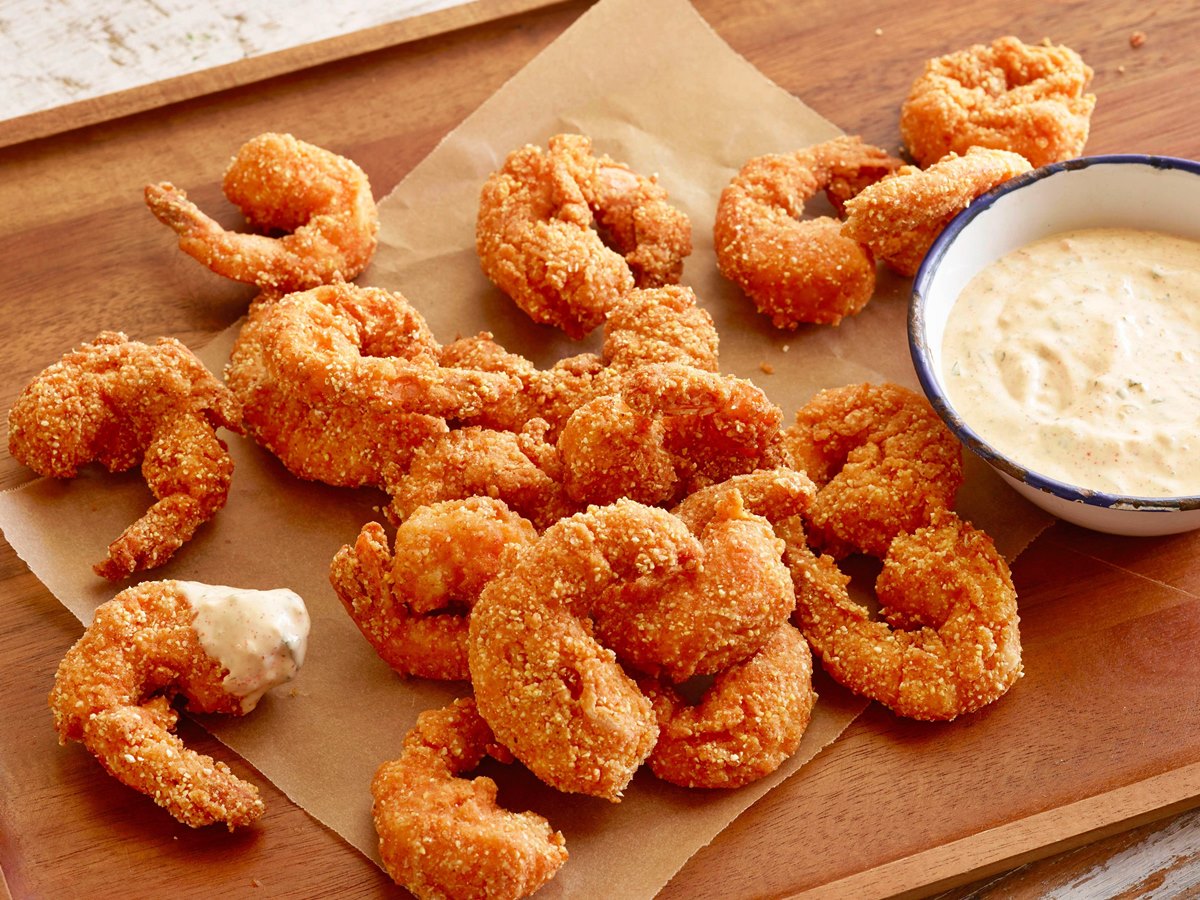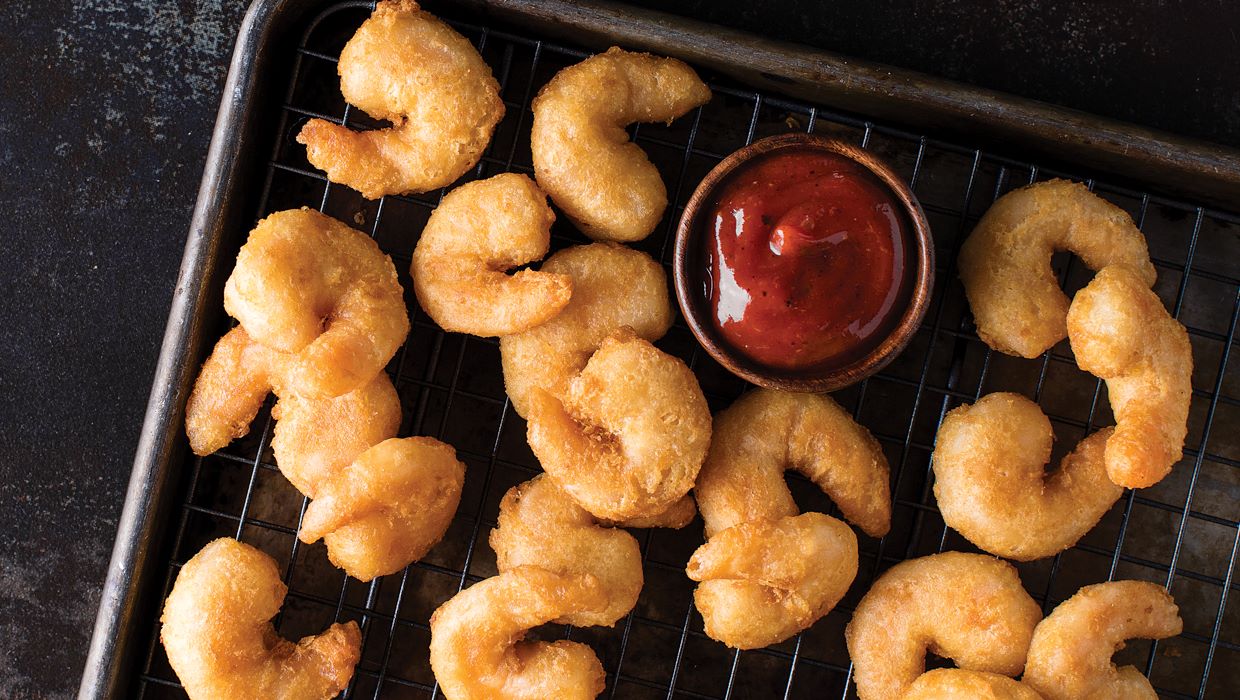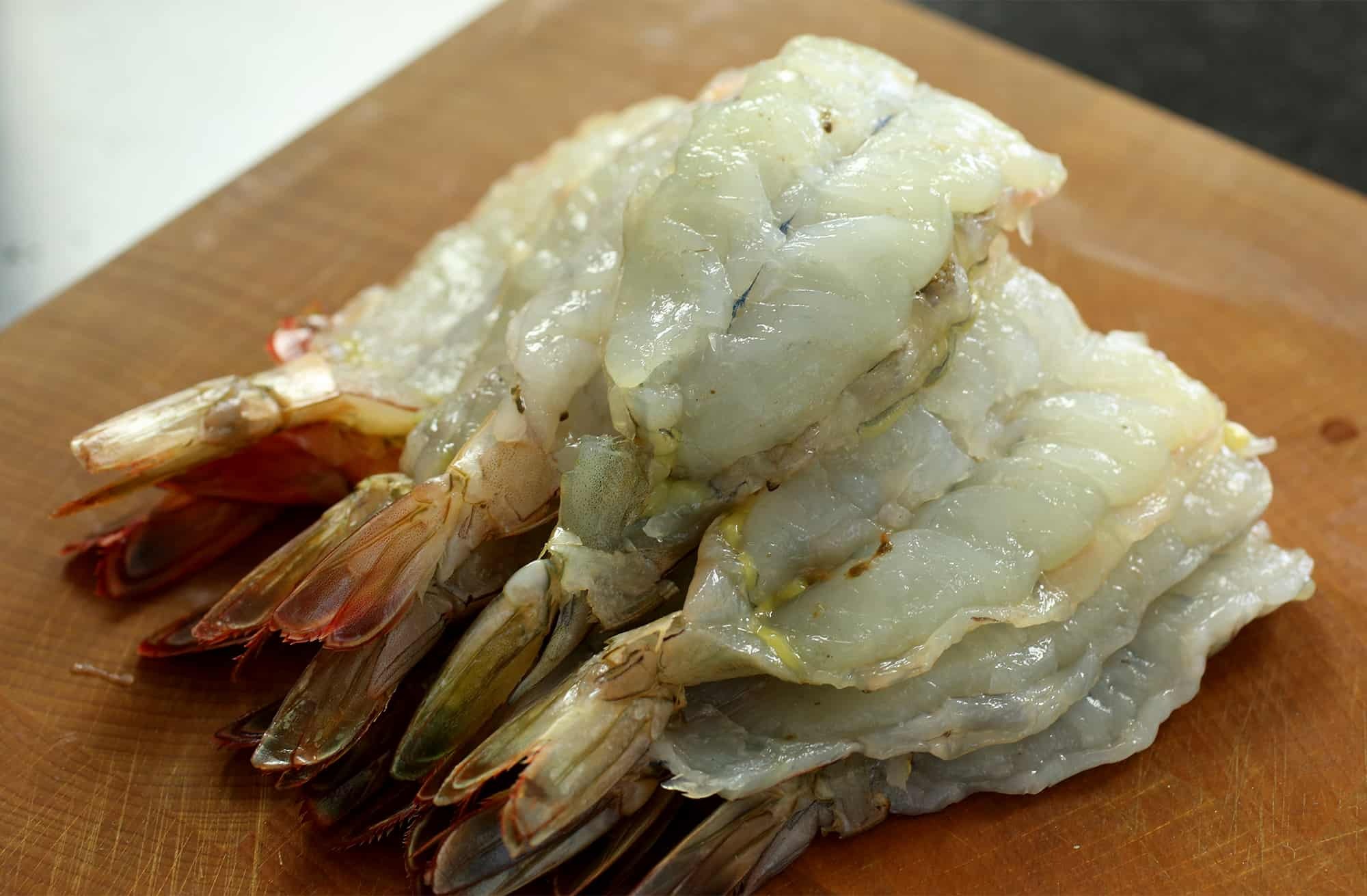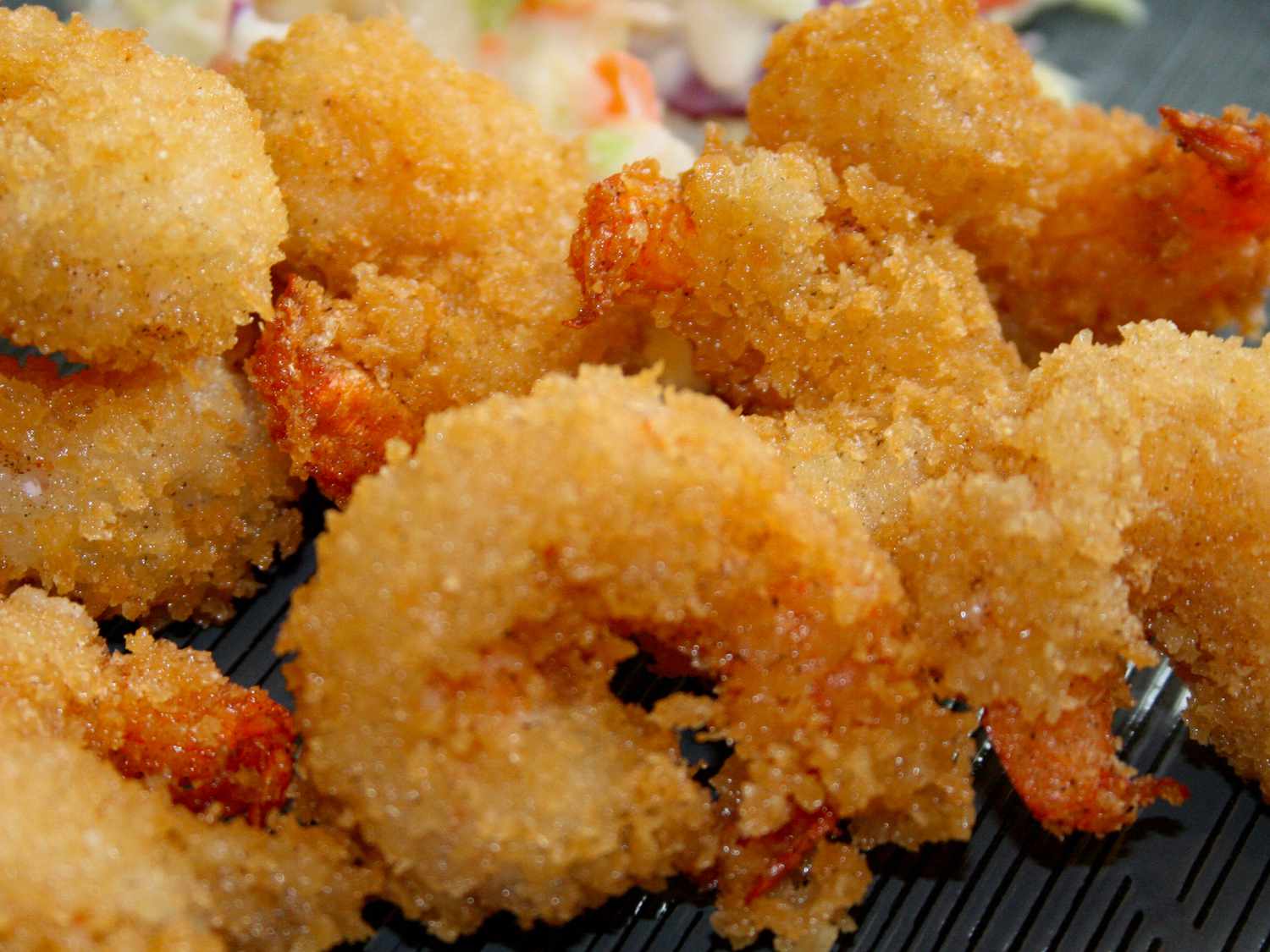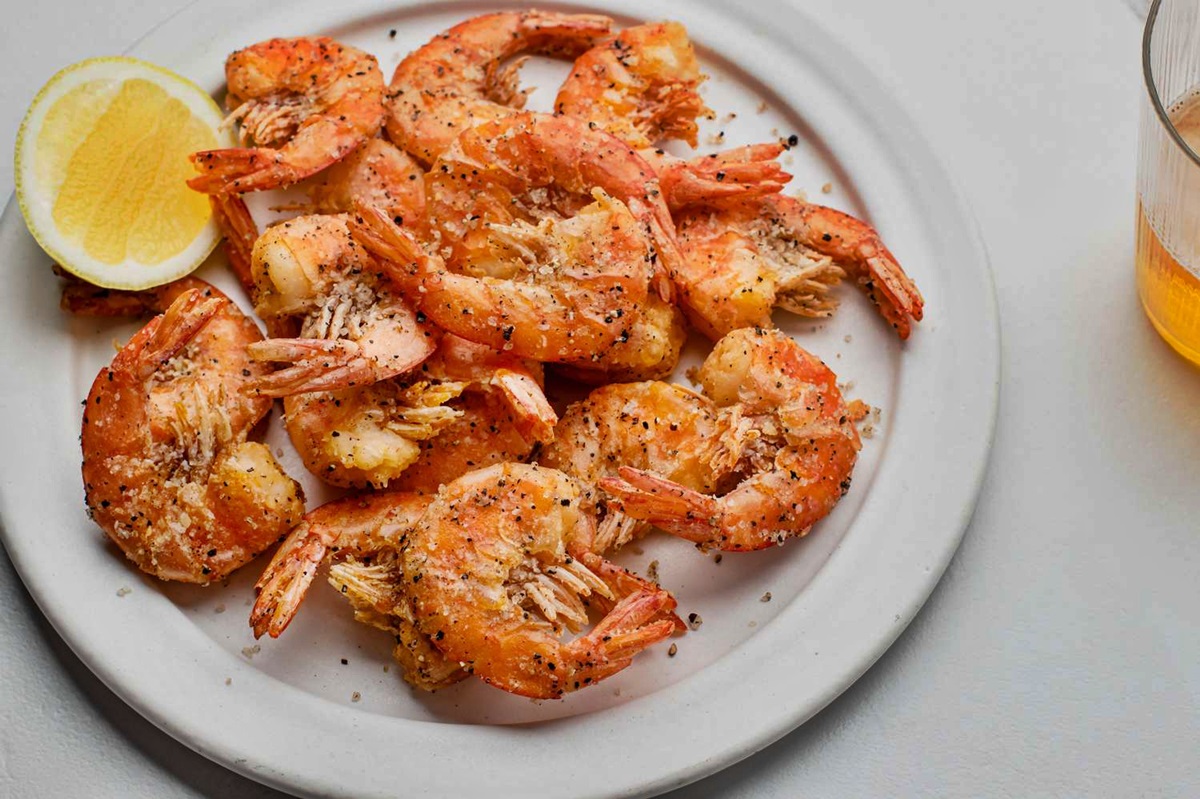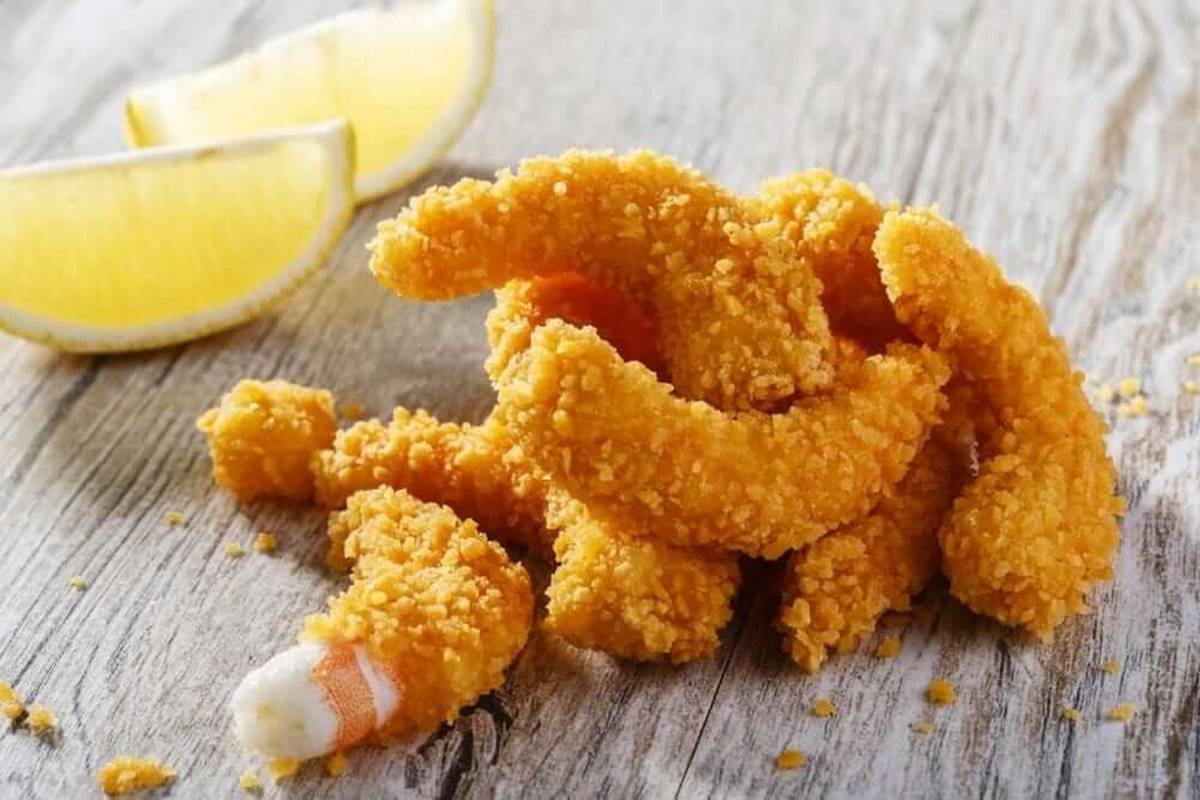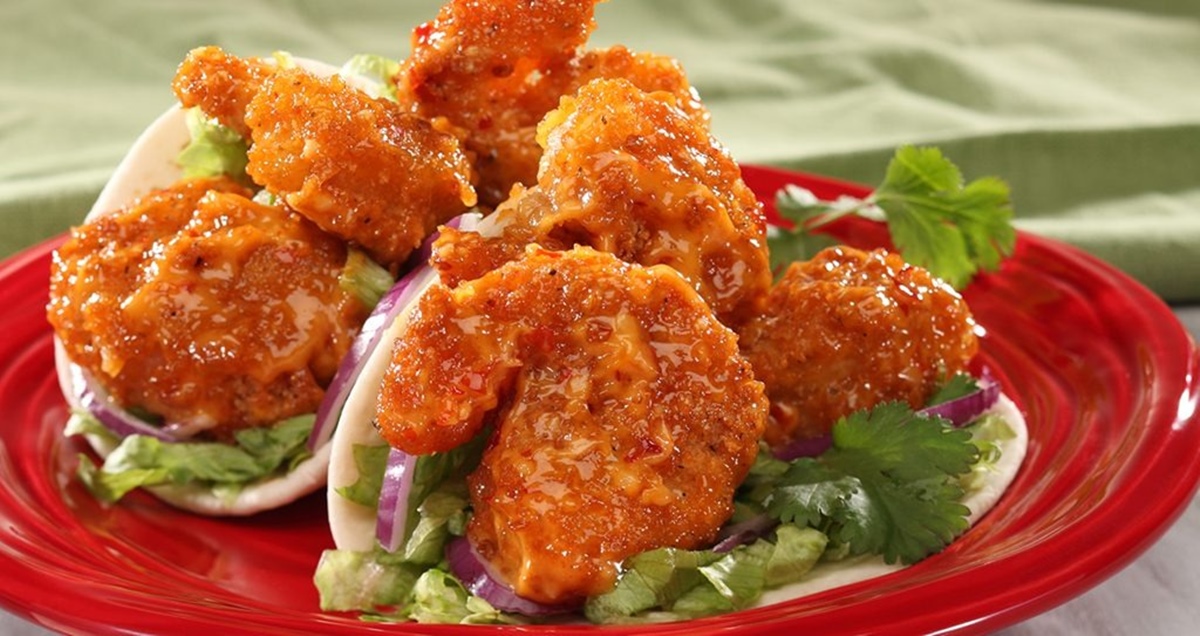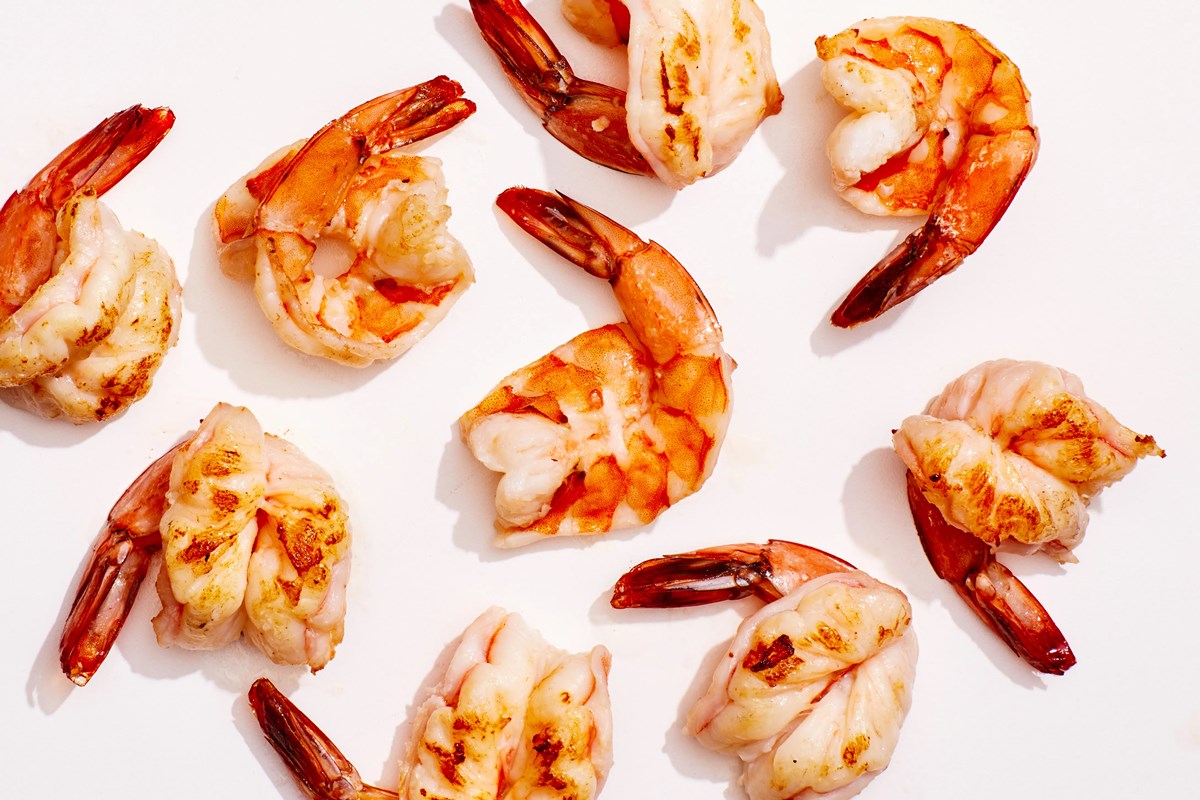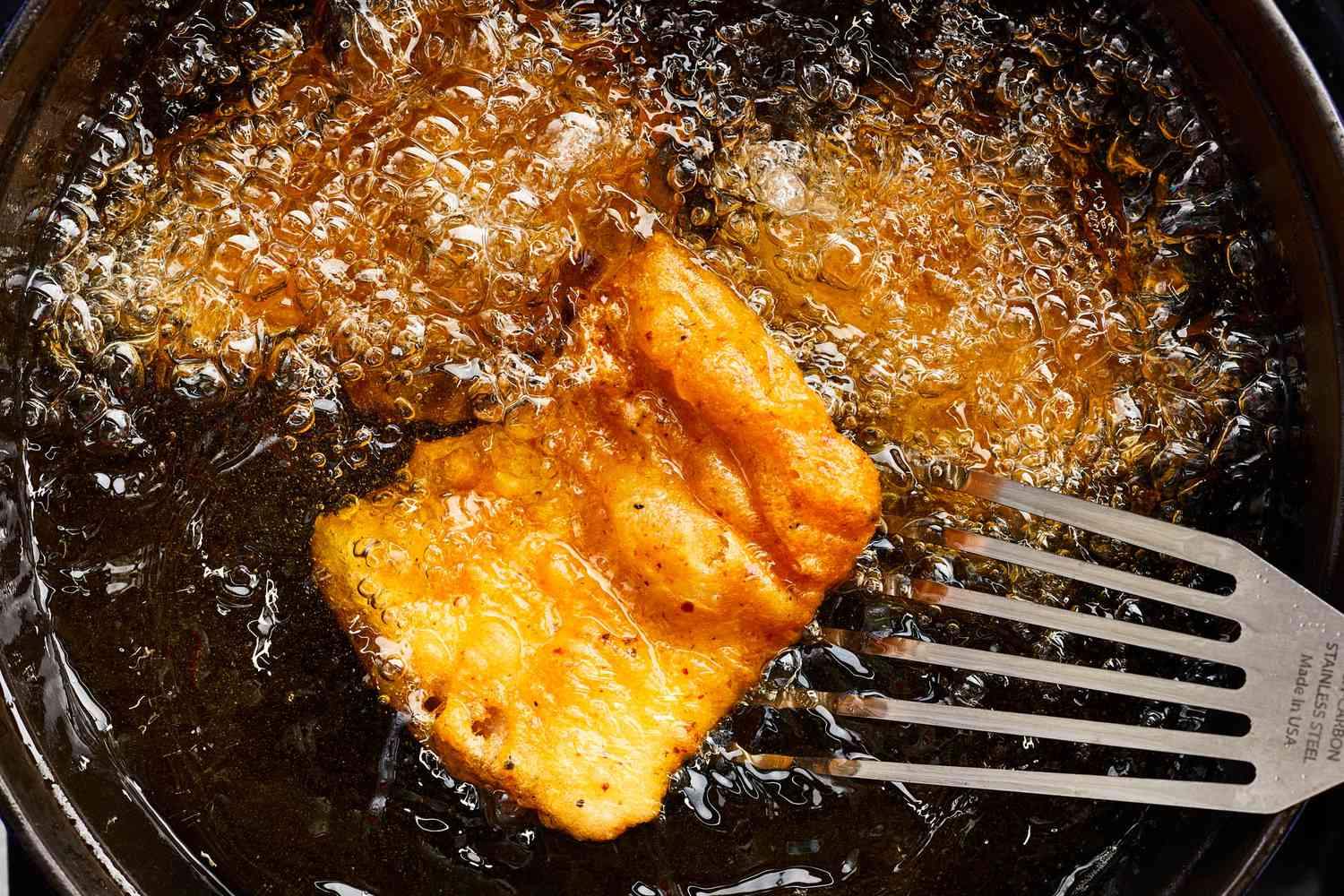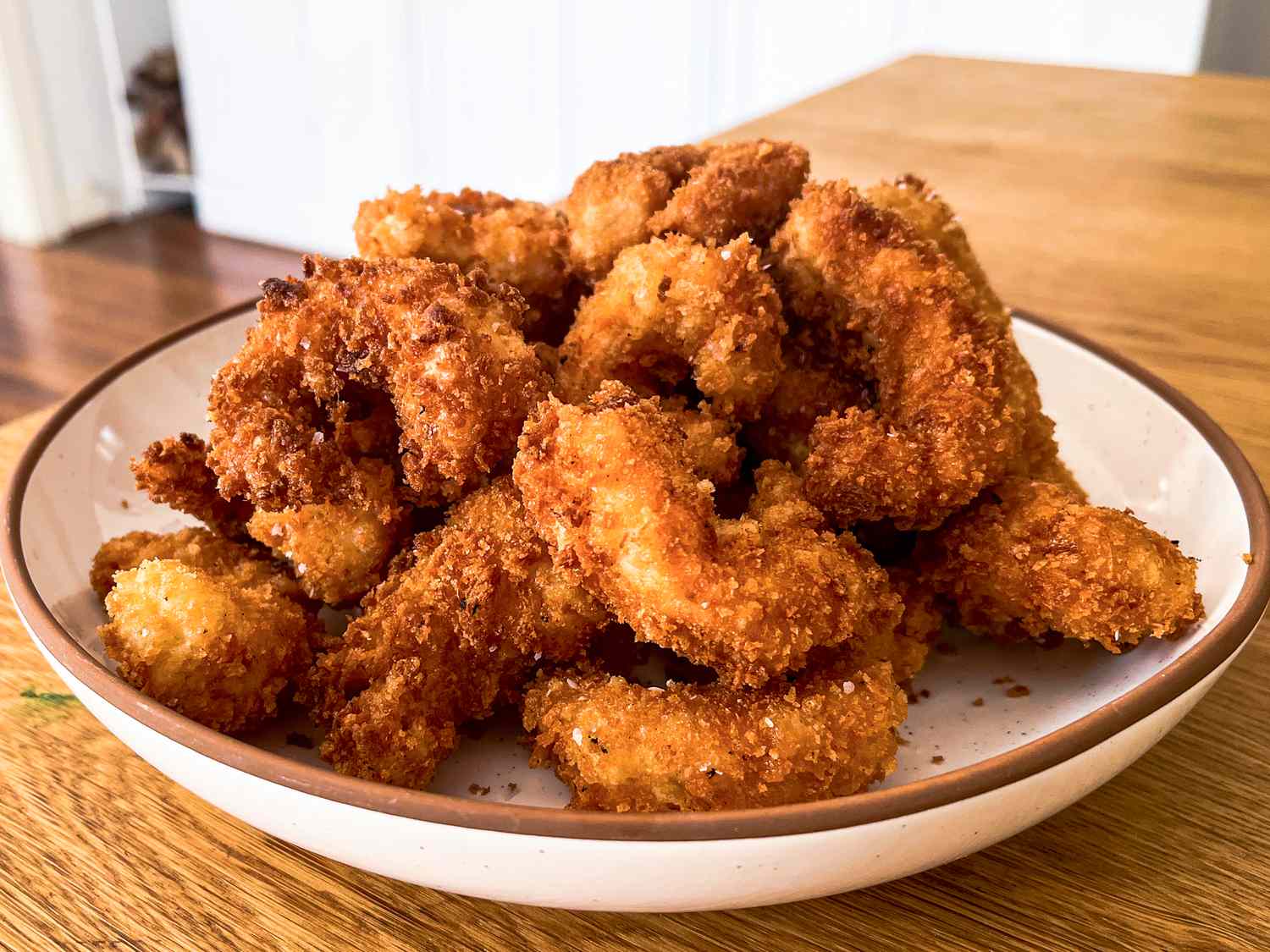Delicious and Crispy: Deep Frying Breaded Butterflied Shrimp
There’s nothing quite like the satisfying crunch of biting into a perfectly deep-fried, breaded butterflied shrimp. This delectable dish is a favorite in many households and restaurants, and it’s surprisingly easy to make at home. With just a few simple ingredients and some basic cooking techniques, you can create a mouthwatering seafood treat that will have your family and friends coming back for more.
Gathering Your Ingredients
Before you get started, make sure you have all the necessary ingredients on hand. Here’s what you’ll need:
- Large, fresh shrimp, butterflied
- Flour
- Eggs
- Bread crumbs
- Salt and pepper
- Oil for frying
Preparing the Shrimp
Start by rinsing the shrimp and patting them dry with a paper towel. Season them with a sprinkle of salt and pepper. Then, set up a breading station with three shallow dishes: one with flour, one with beaten eggs, and one with bread crumbs.
Working one at a time, coat each shrimp in the flour, then dip it in the egg, and finally coat it thoroughly with the bread crumbs. Make sure each shrimp is well coated for a deliciously crispy texture.
Deep Frying the Shrimp
Now it’s time to heat up the oil for frying. Pour enough oil into a deep pan or pot to submerge the shrimp completely. Heat the oil to 350°F (175°C).
Once the oil is hot, carefully add the breaded shrimp to the pan, making sure not to overcrowd the pan. Fry the shrimp in batches if necessary to ensure they cook evenly and become golden brown and crispy.
Allow the shrimp to fry for 2-3 minutes, or until they are golden and the breading is crispy. Use a slotted spoon to remove the shrimp from the oil and transfer them to a plate lined with paper towels to drain any excess oil.
Serving Your Deep-Fried Shrimp
Once all the shrimp are fried and drained, it’s time to serve them up. Arrange the crispy shrimp on a platter and garnish with lemon wedges and a sprinkle of fresh parsley. Serve them with your favorite dipping sauces, such as cocktail sauce or tartar sauce, and enjoy!
Deep-frying breaded butterflied shrimp is a simple and delicious way to enjoy this popular seafood dish. With just a few basic ingredients and some easy cooking techniques, you can create a restaurant-quality appetizer or main course right in your own kitchen. So, why not give it a try and treat yourself to some homemade crispy shrimp today?

